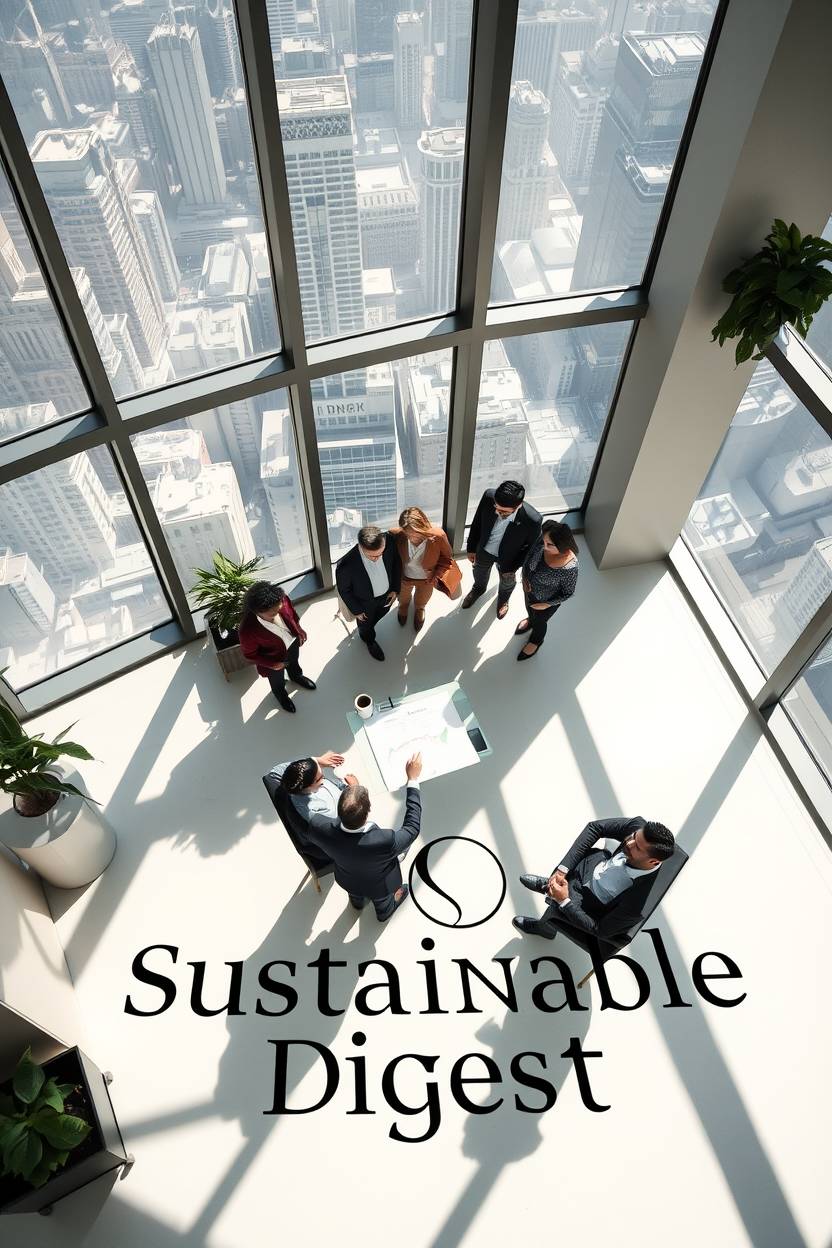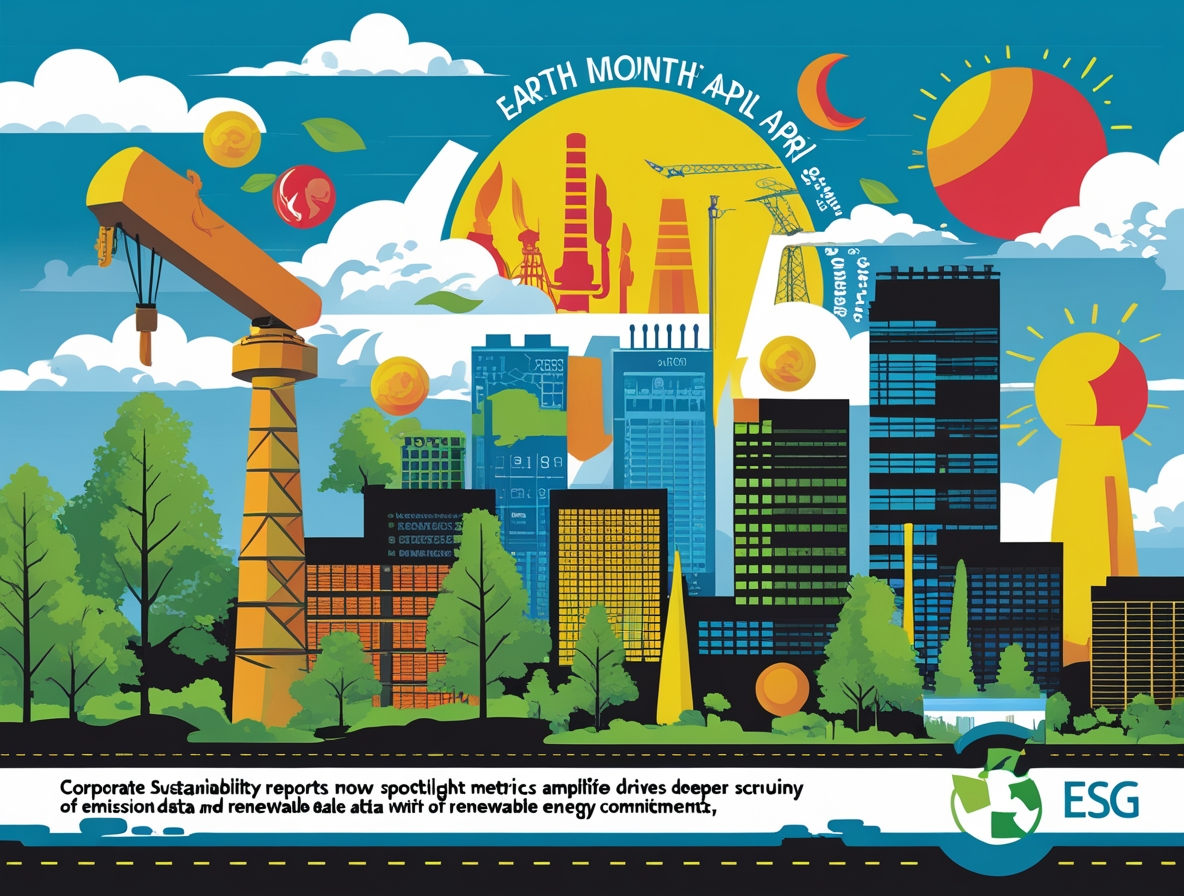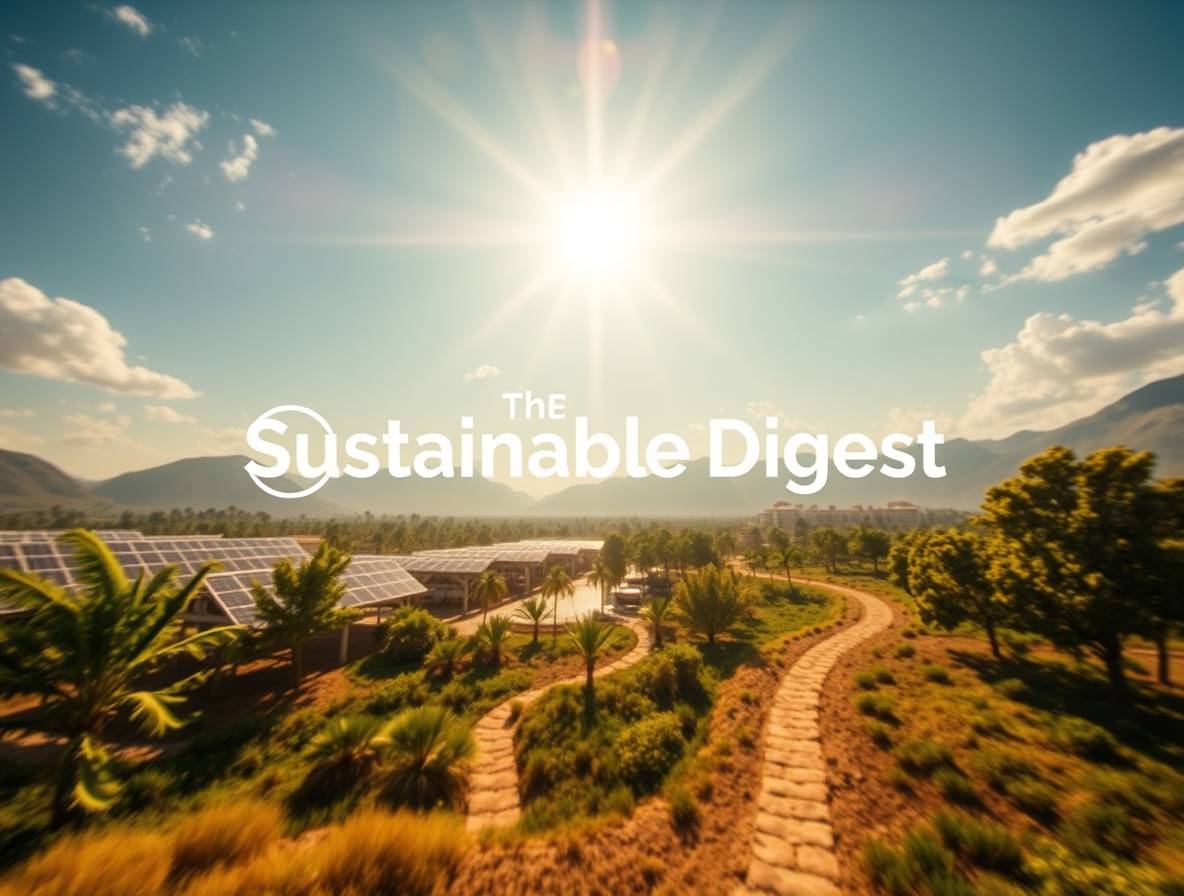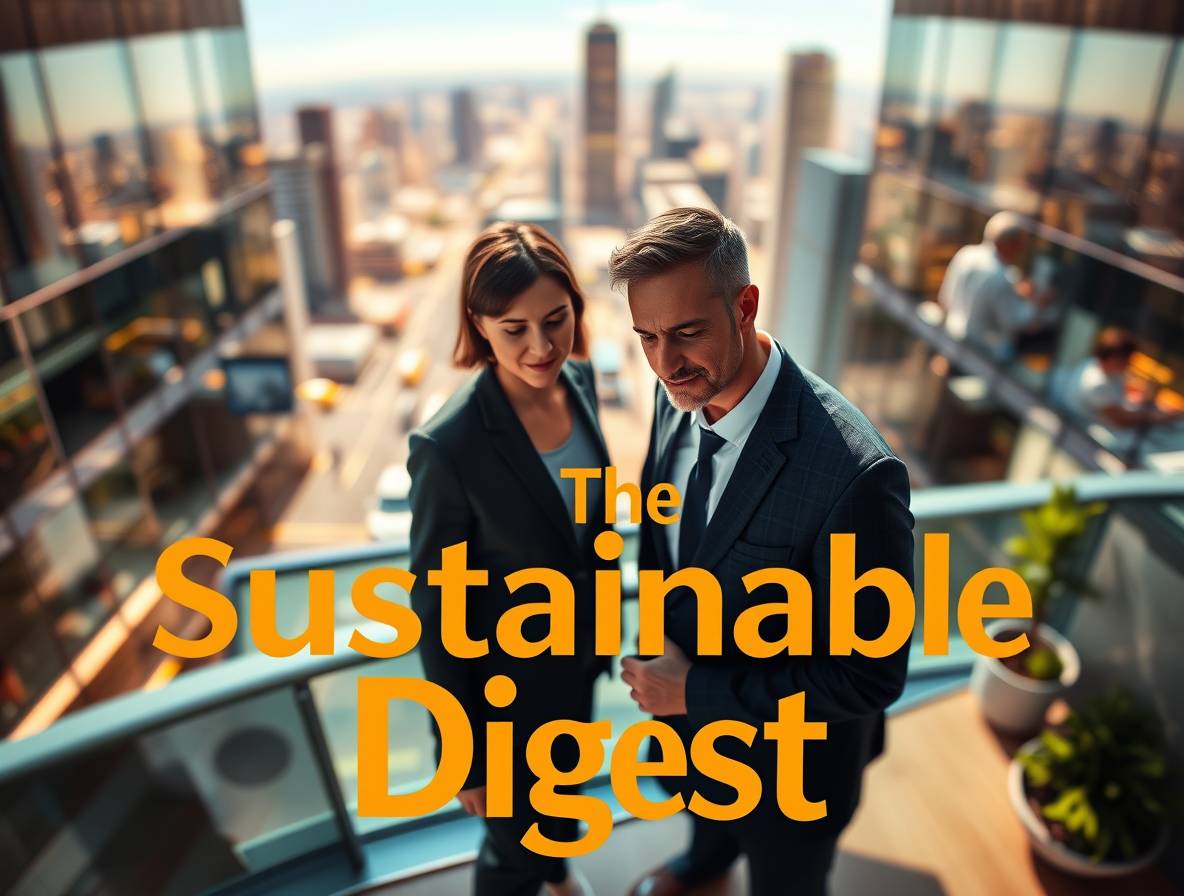
Global efforts to tackle environmental challenges need real action from businesses. The seventh Sustainable Development Goal focuses on making energy accessible and modern. It also aims to fight global warming. This makes a clear connection between a company’s energy choices and its environmental impact.
Companies using renewable energy face complex tracking needs. Showing how much energy they use helps others see if they’re being eco-friendly. Robust disclosure frameworks let companies show they’re cutting down on harmful outputs. This supports global goals for sustainability.
Switching to clean energy needs to follow set standards. These standards help measure how much pollution is being cut from operations and supply chains. Getting third-party verification makes these reports more believable. This builds trust with investors and regulators.
As industries move to sustainable practices, knowing how to report is key. This guide looks at ways to document energy-related environmental impacts. It also covers how to meet international standards. Later sections will offer strategies for different company sizes and types.
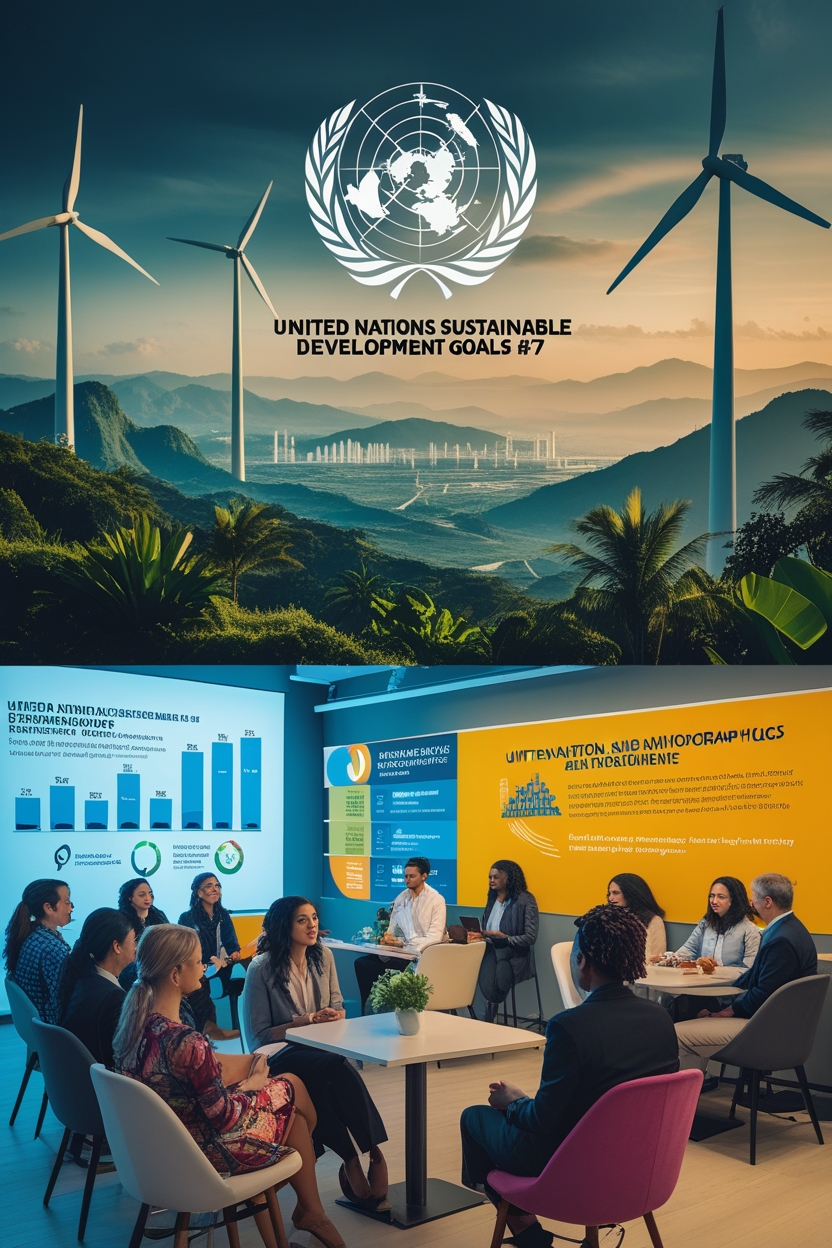
The Critical Role of SDG#7 in Global Climate Action
Global energy systems face a big challenge. They need to meet growing demand while cutting down on carbon emissions. United Nations Sustainable Development Goal 7 (SDG#7) offers a solution. It aims to make energy both affordable and clean, helping to reduce emissions.
This goal could change how we view energy and fight climate change worldwide.
UN Sustainable Development Goal 7 Explained
SDG#7 aims to get everyone access to modern energy by 2030. It also wants to increase the use of renewable energy. This goal is special because it connects solving energy poverty with protecting the environment.
It shows that we can meet human needs and protect the planet at the same time.
Affordable and Clean Energy Mandate
More than 700 million people still don’t have electricity. Most live in sub-Saharan Africa and South Asia. SDG#7 suggests using solar energy and hydropower energy to solve this problem.
These solutions don’t rely on old, polluting ways of making energy. They offer a chance for developing countries to jump straight to cleaner energy.
The International Energy Agency (IEA) says using more renewable energy could cut CO₂ emissions by 12 gigatons a year by 2030. That’s like removing all emissions from cars and trucks today. Clean energy is key to fighting climate change.
Energy Sector’s Emissions Impact
Fossil fuels are still the main source of energy, causing 73% of greenhouse gas emissions, according to 2023 IEA data. Switching to wind energy, solar, and other renewables is crucial to meet Paris Agreement goals.
Current Global Energy Emissions Statistics
| Energy Source | Global Share (%) | Annual CO₂ Emissions (Gt) |
|---|---|---|
| Coal | 27 | 15.3 |
| Oil | 31 | 12.4 |
| Natural Gas | 23 | 7.5 |
| Renewables | 19 | 0.9 |
Transition Imperatives for 2030 Agenda
Developing countries have big challenges in updating their energy systems. While rich countries replace old infrastructure, countries like India and Nigeria need to build new, smart grids. These grids will handle decentralized sustainable energy solutions.
The World Bank says we need $1.7 trillion a year in investments until 2030 to meet SDG#7 goals.
To grow renewable energy faster, we need better policies and technology sharing. Solar and wind energy are growing, but not fast enough. We need more international help and new ideas from businesses to meet our climate goals.
Understanding Scope 1 Emissions in Energy Production

Operational emissions make up 60% of the energy sector’s carbon footprint. This is a big problem that needs quick solutions. These emissions come from sources the company owns or controls. This makes them key for following rules and understanding the environment’s impact.
Energy companies need to track these emissions well. They must do this to meet new environmental rules and keep their operations running smoothly.
Direct Emission Sources
Fossil fuel combustion processes are the main cause of Scope 1 emissions in the energy sector. Power plants burning coal, oil, or natural gas release CO₂. This happens through boilers, turbines, and flare stacks.
Using better combustion systems can cut these emissions by 12-18%. This can be done without losing energy output.
Fugitive Emissions From Operations
Methane leaks during extraction and transport are big contributors to climate change. Now, infrared cameras and drones can find leaks 40% faster than before. A 2023 Chevron study showed a big drop in fugitive emissions.
Upgrading compressor seals and vapor recovery units cut emissions by 63% in the Permian Basin. This is a big success.
Measurement and Reporting Standards
Rules make sure emissions reports are the same everywhere. The table below shows some key rules:
| Standard | EPA Subpart W | ISO 14064 |
|---|---|---|
| Reporting Frequency | Annual | Flexible |
| Verification | Third-party audit | Internal or external |
| Coverage | Oil & gas only | All industries |
GHG Protocol Corporate Standards
This framework asks companies to report on all combustion sources. ExxonMobil found $17M in energy savings in 2022. They did this by using flare gas recovery systems.
Using carbon offsetting programs can be very helpful. Duke Energy worked with American Forests to create carbon credits. These credits offset 22% of their emissions from burning fuel.
Managing Scope 2 Emissions Through Energy Procurement
Companies are using energy buying strategies to fight Scope 2 emissions. These are indirect greenhouse gases from electricity, heat, or steam bought. They make up almost 40% of global energy-related CO2 emissions. So, how companies buy energy is key to fighting climate change.
Indirect Emissions From Purchased Energy
Scope 2 emissions change based on energy source. Tools like WattTime now track hourly carbon intensity. This lets companies use energy when it’s cleaner.
Electricity Generation Mix Analysis
It’s important to check the power grid’s energy mix. For example, a facility in the Midwest might have higher emissions than one in California. The EPA’s Power Profiler tool helps show these differences.
Location vs Market-Based Accounting
Companies can choose two ways to report emissions:
| Approach | Calculation | Best For |
|---|---|---|
| Location-Based | Uses grid average emissions | Baseline reporting |
| Market-Based | Accounts for renewable contracts | Green power claims |
Microsoft uses both methods. It shows its actual use of renewable energy through its 24/7 carbon-free energy program.
Renewable Energy Certificates (RECs)
RECs prove green power acquisition. Each one equals 1 MWh of clean energy. But, their impact depends on how they’re used:
Tracking Renewable Energy Purchases
VPPAs secure long-term prices and fund new clean energy projects. Physical RECs support existing projects but don’t grow new ones. A 2023 study by BloombergNEF found VPPAs cut emissions 63% faster than standard RECs.
RE100 Initiative Compliance
Microsoft aims to be 100% renewable. It uses solar VPPAs and battery storage RECs. Now, it matches 95% of its energy demand with zero-carbon sources worldwide.
“Our procurement model proves scalable decarbonization is achievable without sacrificing operational reliability.”
Microsoft Sustainability Report 2023
Addressing Scope 3 Emissions Across Value Chains

Direct emissions get a lot of attention, but indirect emissions make up over 70% of a company’s carbon footprint. These emissions come from raw material extraction to product disposal. This means companies need to work closely with suppliers, logistics partners, and customers.
15 Categories of Indirect Emissions
The Greenhouse Gas Protocol breaks down Scope 3 emissions into 15 categories. This creates challenges and opportunities for measuring emissions. Two areas often missed are:
Upstream/Downstream Transportation
Transportation emissions make up 11% of global supply chain impacts. Companies like Walmart have cut freight emissions by 15% using route optimization software and hybrid vehicles. Key strategies include:
| Transport Phase | Emission Sources | Reduction Tactics |
|---|---|---|
| Upstream | Supplier deliveries to factories | Consolidated shipments |
| Downstream | Product distribution to retailers | Electric fleet adoption |
Employee Commuting and Business Travel
Microsoft’s 2022 report shows 8% of its Scope 3 emissions come from employee travel. Companies like Microsoft use carbon neutral solutions. They offer public transit passes and video conferencing for meetings.
Supply Chain Engagement Strategies
Amazon’s Climate Pledge Fellowship is a great example of how to engage suppliers. Since 2020, it has trained over 200 suppliers in emissions accounting. The program offers financial incentives and technical support for sustainable sourcing initiatives.
Vendor Sustainability Requirements
Now, leading manufacturers require environmental disclosures. They do this through:
- Annual sustainability audits
- Material traceability certifications
- Energy efficiency benchmarks
Science-Based Targets Initiatives
Over 1,200 companies have set Scope 3 reduction plans based on SBTi. These environmental impact regulations push suppliers to use renewable energy and meet 1.5°C pathways.
| Technology | Application | Impact |
|---|---|---|
| Blockchain | Raw material tracking | 63% faster emissions data collection |
| AI Analytics | Supplier performance monitoring | 28% reduction in non-compliant vendors |
IBM’s blockchain platform verifies 40% of its semiconductor suppliers’ emissions in real time. This shows how digital tools help manage value chains transparently.
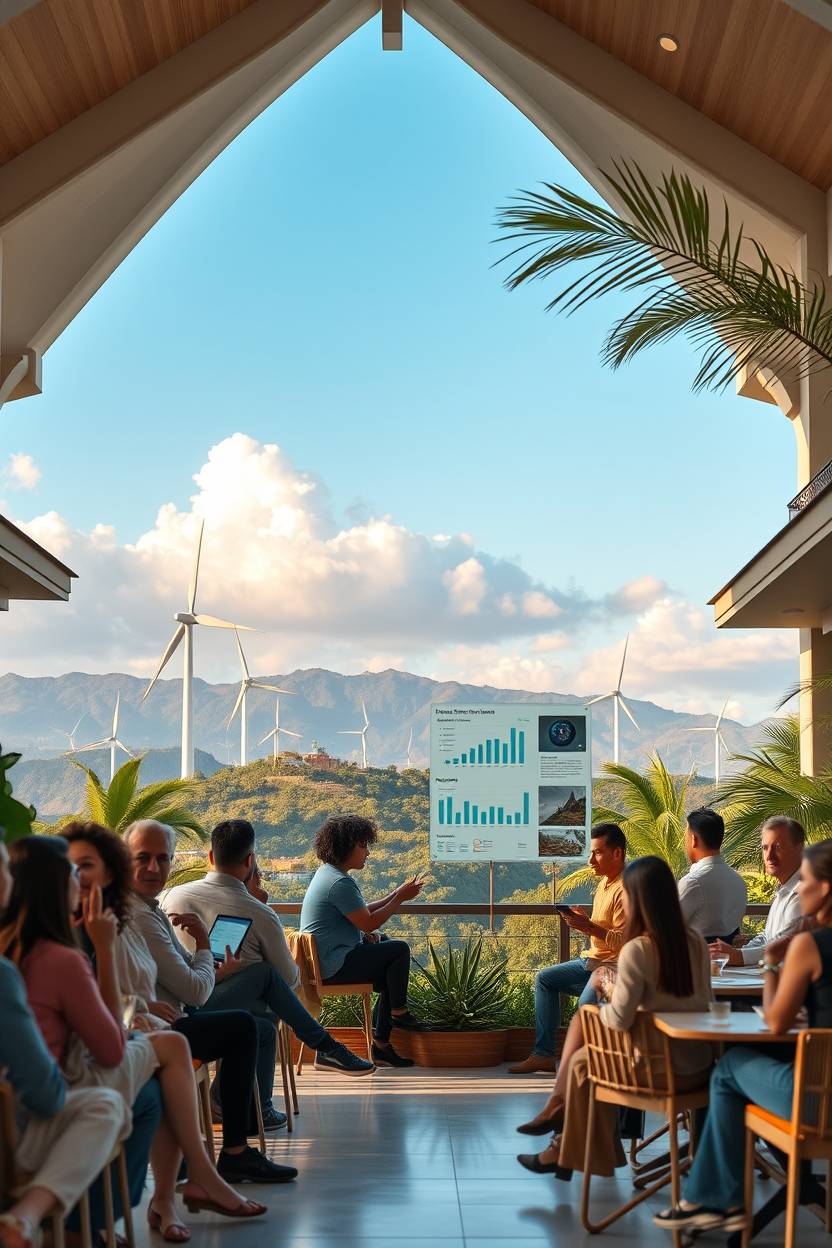
Emerging Focus on Scope 4 Avoided Emissions
Scope 4 emissions mark a big change in how we look at environmental impact. They show how clean energy solutions stop greenhouse gases compared to fossil fuels. This gives us key insights for fighting climate change.
Quantifying Climate Positive Impacts
Tesla’s 2023 Impact Report shows this shift by counting 20 million metric tons of CO₂ equivalents avoided. This is thanks to electric vehicles and solar energy systems. Their method fits with new ways to measure sustainable development.
Clean Energy Technology Deployment
Wind turbines and solar farms stop 2.6 billion tons of CO₂ every year. That’s like taking 550 million cars off the road. A World Resources Institute study says the impact is bigger than expected.
Grid Decarbonization Contributions
Big battery systems let us use renewable energy all day, every day. This cuts down on using dirty plants. In California, emissions fell by 38% during peak hours with these systems.
Reporting Methodological Challenges
The World Business Council for Sustainable Development says:
“Without standardized protocols, double counting risks could undermine Scope 4 credibility”
Double Counting Risks
WRI’s Additionality Guidance stops double counting in renewable energy certificates (RECs). For example, a wind farm’s energy can’t count for both corporate PPAs and national climate goals at the same time.
ISO 14064-1:2018 Standards
This international standard has three key rules for Scope 4 reporting:
- Baseline scenario validation
- Technology-specific emission factors
- Third-party verification requirements
GHG Reporting Frameworks for Energy Sector

Understanding greenhouse gas reporting is key. It involves both rules and voluntary steps. Energy companies must follow laws and show leadership in sustainability.
Mandatory Compliance Programs
Energy producers face strict rules on emissions reporting. Two main programs shape US rules:
EPA Greenhouse Gas Reporting Program
The EPA’s GHGRP requires yearly reports for big emitters. Companies must track emissions from fuel use and flaring. Now, they also report biogenic CO2 from biomass plants.
SEC Climate Disclosure Rules
New SEC rules will ask public companies to share:
- How climate risks affect their business
- Scope 1 and Scope 2 emissions
- Financial impacts of climate over 1% of total items
| Feature | SEC Proposal | EU CSRD |
|---|---|---|
| Scope 3 Reporting | Required if material | Mandatory for large companies |
| Implementation | Phased from 2024 | Effective 2024 |
| Assurance | Limited initially | Full audit required |
Voluntary Reporting Initiatives
Some companies go beyond what’s required. They use extra frameworks to get green financing.
CDP Climate Change Questionnaire
Over 18,000 companies share data through CDP. Energy sector firms must report:
- Goals for cutting emissions
- How they use carbon credits
- How they manage climate risks
TCFD Recommendations Implementation
Duke Energy shows how to do it right. Their reports include:
- Plans for a 2°C and net-zero future
- Linking executive pay to climate goals
- Tracking investments in clean energy
Assessing what’s important is crucial. Top utilities use digital emissions tracking to cut errors by 38%, EY found.
Data Collection and Verification Best Practices

Accurate emissions management is key to meeting global climate goals. Companies need to use precise measurement and strict validation. This ensures transparency and helps in reducing carbon footprint.
Emissions Calculation Methodologies
Choosing the right calculation models is crucial for effective reporting. Tools like SAP’s system help by automating data collection. This reduces errors in environmental impact assessments.
Activity Data vs Emission Factors
Companies should know the difference between direct measurements and conversion rates:
| Data Type | Application | Accuracy |
|---|---|---|
| Activity Data | Fuel consumption records | High precision |
| Emission Factors | Grid electricity analysis | Scenario-based |
Continuous Monitoring Systems
IoT sensors offer detailed energy usage data for factories. This data is used in reporting software, helping in making quick changes to eco-friendly practices.
Third-Party Assurance Processes
Independent checks are vital for trustworthy reports. DNV’s program, used by 60% of Fortune 500 energy companies, checks three main areas:
- Data collection protocols
- Calculation methodology alignment
- Uncertainty margin documentation
ISO 14065 Verification Requirements
This standard requires yearly checks of greenhouse gas reports. Validators look at technical skills and method consistency, especially for renewable energy claims.
Materiality Thresholds Determination
Companies must set error margins based on their size. A 5% margin is common for Scope 2 emissions. Scope 3 estimates might have wider ranges at first.
Renewable Energy Transition Strategies

Companies around the world are finding new ways to meet sustainable development targets. They are doing this while keeping their finances and operations running smoothly. This section looks at two key ways to cut down on emissions: corporate energy deals and local power generation.
Corporate Power Purchase Agreements
Virtual PPAs let companies support green projects without needing to physically get the energy. These deals set a fixed price for the energy, giving companies budget stability. They also help clean up the grid faster. Google’s goal of using only carbon-free energy shows how this works.
Virtual PPA Financial Structures
These deals have a few main parts: fixed prices, how payments are made, and how long the deal lasts. For example, a 12-year deal might have a fixed price for 60% of the energy and a market-based price for the rest.
Additionality Requirements
Good PPAs must show that they create new green energy. The RE100 group makes sure projects are real and wouldn’t happen without corporate help. This ensures the deals actually cut down on emissions.
On-Site Generation Solutions
Local energy systems give companies control and make them more resilient. Big names like Walmart have put solar panels on 364 buildings. This makes 1.4 billion kWh of clean energy every year.
Solar PV System ROI Analysis
Businesses can get a good return on solar panels in 5-8 years. This is thanks to:
- Federal Investment Tax Credit (30%)
- State rebates
- Lowering peak demand charges
| Factor | Leasing Model | Capital Purchase |
|---|---|---|
| Upfront Cost | $0 | $1.2M (1MW system) |
| Long-Term Savings | 15-20% | 40-60% |
| Maintenance | Provider responsibility | Owner responsibility |
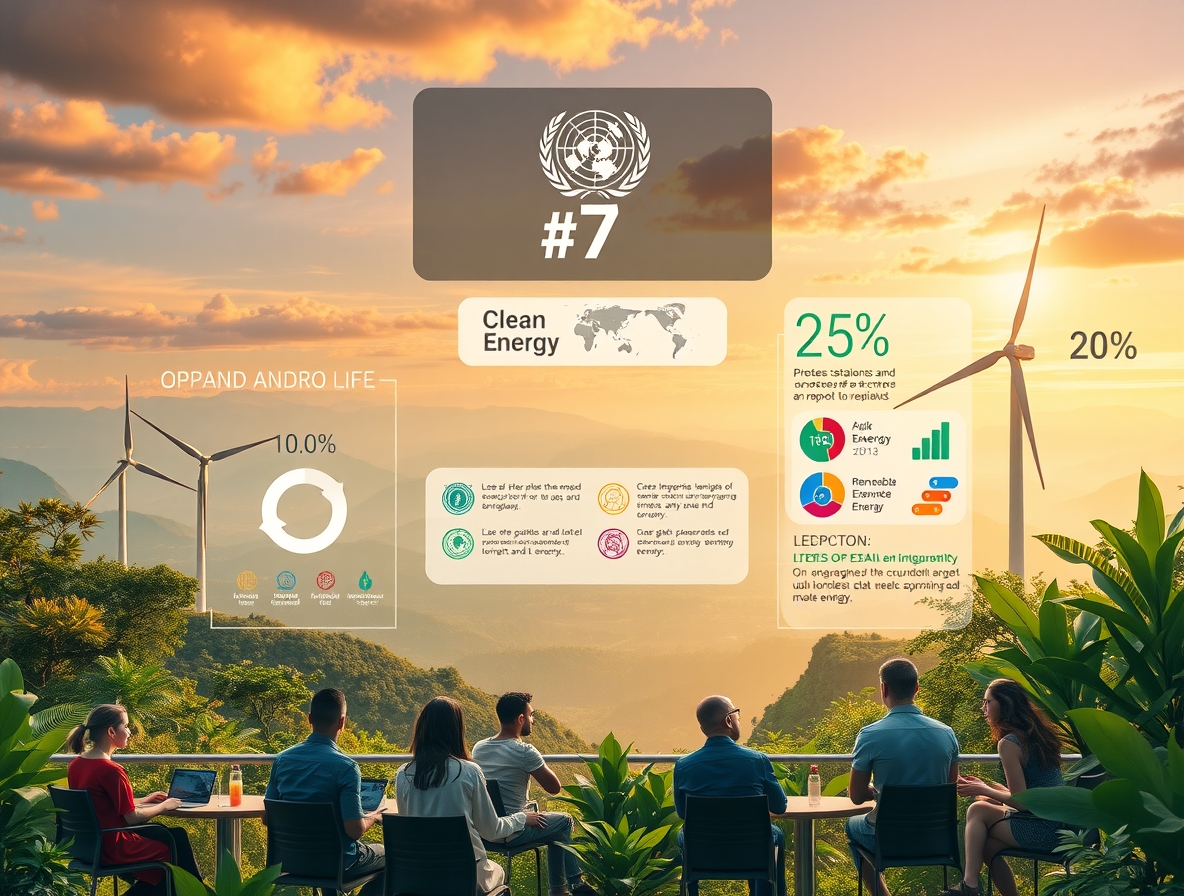
Wind Energy Procurement Models
Community wind projects let different groups share the energy from one turbine. The Block Island Wind Farm sends 30MW to Rhode Island. This is thanks to deals between the company and the local government.
Now, 4,800 US facilities are powered by microgrids. These use solar panels and batteries to stay on during outages. California’s Blue Lake Rancheria microgrid kept services running during 15 PSPS events since 2019.
Accelerating Climate Action Through Transparent Reporting
Companies aiming to cut emissions need to use detailed reporting systems. This meets the growing needs of stakeholders. By sharing data on all emissions, they show they’re working on climate change and supporting UN SDG#7.
Investors want to see how companies are doing on the Paris Agreement. They look at how a company’s finances and environment are linked. Microsoft and Ørsted show how clear emissions reports help get green funding and improve operations. Getting checks from groups like SBTi makes these efforts believable.
Working together is key to fighting climate change. Tools like renewable energy certificates help track progress. Companies like Google and Apple show how working with suppliers can make a big difference.
We need to use the same numbers for both environmental and financial reports. The International Sustainability Standards Board is working on this. As rules get stricter, companies that report well will be ahead in the shift to zero-carbon economies.

FAQ
How does UN SDG#7 directly impact corporate emissions reporting frameworks?
UN Sustainable Development Goal #7 aims for clean energy and less carbon. Companies must report their emissions and use renewable energy. Big names like Microsoft and Google link their goals to the Paris Agreement.
What distinguishes Scope 4 emissions from traditional GHG reporting categories?
Scope 4 emissions count the good done by clean energy. This includes Tesla’s solar products and Vestas’ wind turbines. But, figuring out these numbers is still tricky.
How do RE100 Initiative requirements influence corporate energy procurement strategies?
RE100 members like Apple and Walmart aim for 100% renewable electricity. They use PPAs and RECs to meet this goal. Google shows how to keep energy carbon-free all the time.
What technologies enable accurate Scope 1 methane emissions tracking in oil/gas operations?
New tech like satellite monitoring and optical gas imaging helps track methane. Companies like Chevron use this to meet EPA rules. Baker Hughes and SAP help improve gas recovery rates.
How are SEC climate disclosure rules reshaping energy sector reporting practices?
The SEC now requires Scope 1-2 reports and Scope 3 details. This matches EU rules. Companies like Duke Energy must report more about climate risks. This change helps use ISO standards and third-party checks.
What supply chain strategies effectively reduce Scope 3 emissions in manufacturing?
Amazon’s Climate Pledge makes suppliers use renewable energy. Siemens tracks Scope 3 emissions with blockchain. Now, 73% of car part suppliers aim to cut emissions through AI.
How do corporate PPAs contribute to grid decarbonization beyond direct emissions reductions?
Virtual PPAs help build new wind farms. This makes grids cleaner. Every 100MW PPA can cut emissions by 12-18%, helping UN SDG#7 goals.
What verification standards ensure credibility in avoided emissions claims?
ISO 14064-1 and GHG Protocol standards check emissions claims. Companies like Schneider Electric get audited. This proves their clean energy work in off-grid areas.

Key Takeaways
- Modern energy solutions directly influence corporate environmental accountability
- Standardized tracking methods enable accurate progress measurement
- Transparent reporting builds stakeholder confidence in sustainability claims
- Energy consumption patterns reveal improvement opportunities
- Verification processes strengthen data credibility

